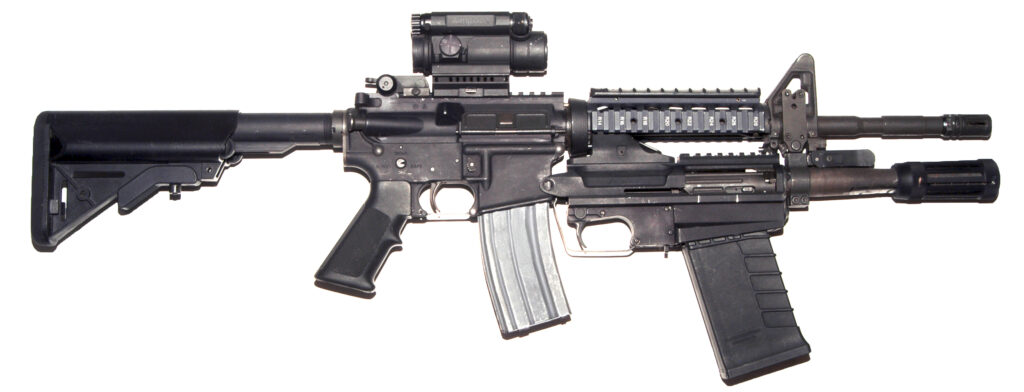It’s time for Part 3 of our ongoing review of the Kimber Pro Carry II. In this episode, we run the Kimber through the 10-8 Performance Extractor Function test, and give you a little bonus footage where I stop the slide from cycling.
The 10-8 Performance Extractor Function Test is, in my opinion, one of the most important tests that a 1911 should be able to pass. Unlike modern handguns which use a spring-loaded multi-piece extractor, the traditional 1911 uses a solid piece of spring steel as the extractor. To ensure proper function, a 1911’s extractor must be tensioned by hand. To do this, the gunsmith carefully bends the extractor until proper tension is achieved, which is tested by seeing if the extractor retains an empty case flush against the breechface. This process is equal parts witchcraft and science, which is why the extractor function test exists.
A 1911 with a properly tensioned extractor will pass the 10-8 Performance Extractor Function test with flying colors. By firing the gun with the magazine removed, we focus the entire test on the extractor itself, essentially isolating its function. In this test, the Kimber Pro Carry II failed the 10-8 test, failing to fully extract a round. Any failure to complete the cycle of operations is a failure of the entire test, and means that the gun isn’t suitable for duty or carry use until the extractor is fixed.
Advertisement — Continue Reading Below
By part 3, the Kimber Pro Carry II has fired 1,010 rounds, and experienced 5 failures to complete the cycle of operations. That gives us a rate of failure of 0.495%, or 1 in every 202 rounds. While that sounds good on the surface, military and duty pistols are required to have a failure rate no greater than 1:2000 rounds, which is 10 times better than the Kimber is performing. There are still 890 rounds left to fire, so make sure to come back for Part 4 where we’ll hit the 2,000 round milestone.















